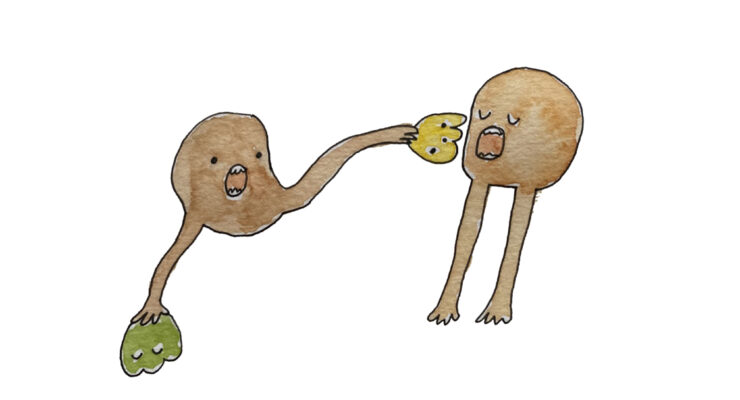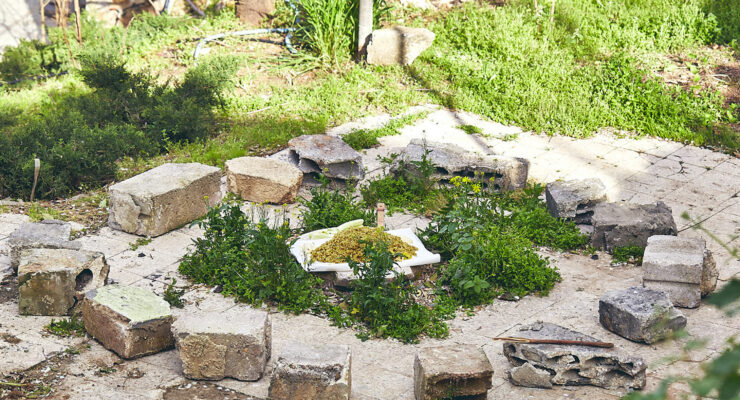“The only way the food system can be influenced is through the people.”
Katharina Unger is probably best known for her project "Farm432", an insect incubator for people to grow their own proteins and nutrients in the form of insects in their home. Having started in 2013, Unger has since commercialised the project, now known as “Hive”. Additionally, she has worked with a Maasai tribe in Tanzania who are affected by climate change and a completely new lifestyle of settled agriculture, bringing about many cultural changes affecting the food they eat. As our correspondent she will be reporting on recent developments in food and design in Hong Kong.
What fascinated you about food & design and how do you see it developing in the future?
Food is complex. It is a system that spans politics, economics, geographical conditions, cultures. There are always multiple dimensions to food. And the only way the food system can be influenced is through the people. The many actors along the food chain play a tremendous role in how it eventually ends up on our plates and in our stomachs. It could never get boring!
We will see even more diversity of foods and food products and this opens up so many opportunities. The space around “clean eating”, veganism and other forms of diets or ethical considerations are gaining more importance, even in the mainstream. Food becomes more than ever a political instrument.








